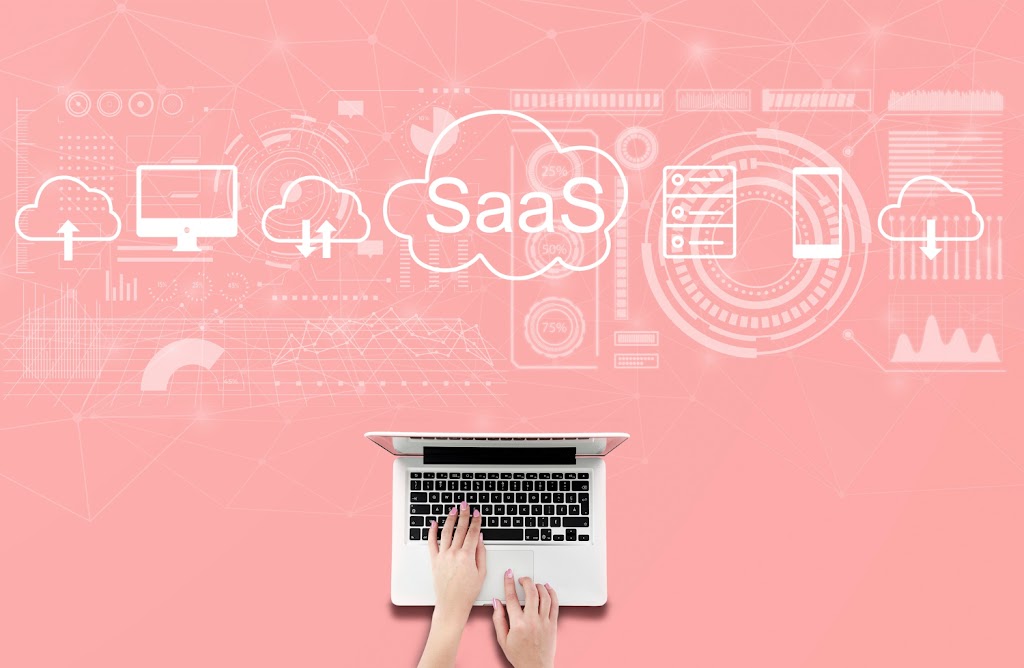This Ultimate Guide to SaaS Business Models: Selecting the Appropriate One for Your Startup
Deliberating over which SaaS business model to adopt for your startup’s success can be daunting, with so many models to consider and many potential paths leading down. Evaluating each option accurately is key. One tool available here that could prove particularly helpful here would be a free SaaS valuation calculator which provides estimates of your business worth as you make decisions.
Subscription-Based Model
A subscription-based business model is one of the more prevalent SaaS business models. Under this plan, customers pay a recurring subscription fee to access software. This approach has many benefits that make it ideal, including predictable revenue generation and enhanced customer retention rates. With regular payment schedules, you can better plan income forecasting strategies while investing in growth strategies.
Implementing a subscription-based model takes careful planning. You should determine pricing tiers that cater specifically to your target market while striking an equilibrium between value and cost. In addition, consider what level of customer support will be available to maintain satisfaction among subscribers while decreasing churn.
Freemium Model
The Freemium Model involves offering the basic version of your software free to users while charging premium features as add-ons. This approach can be very successful at drawing in new users; by providing potential customers with access to a free version of your product they can experience its core functionalities without incurring financial commitment, building initial trust among potential users while showing them its true worth firsthand. Ideally, this should demonstrate its utility and benefits thus encouraging subscribers to upgrade for enhanced features later.
Balancing both free and paid versions of software can be an immense challenge yet is crucial to attract and keep users. You must ensure the free version provides enough value that attract and keep people while attracting them into upgrading paid plans – too basic can leave users disinterested while too feature-heavy versions could lead them away without ever needing or seeing the need for the premium one.
Usage-Based Model
With this payment model, customers are charged for only what they use for software products or services, aligning cost with the value extracted. It may prove especially suitable for businesses with varied or unpredictable requirements as paying only what you consume helps eliminate flat rate fees that otherwise could prove burdensome and manage expenses more efficiently. Usage-based billing has proven appealing among small startups as well as larger organizations alike as this approach takes account of various usage patterns and requirements from each customer base.
Implementing a usage-based model requires creating precise tracking and billing systems to accurately quantify customer usage of software applications and charge accordingly. This may involve sophisticated technology to observe how customers engage with your software application and ensure accurate billing is applied fairly and precisely. While such models offer flexibility by catering to various user requirements, their implementation adds pricing complexity that must be communicated to ensure customer satisfaction without creating confusion among stakeholders.
Tiered Pricing Model
Tiered pricing provides multiple levels of services or features at different price points to accommodate customer preferences and meet budgetary restrictions by creating different tiers with unique sets of features and support services for each tier; it’s an effective strategy to drive maximum revenue by targeting a wide audience base.
As part of your pricing tier design process, carefully consider which features or services each tier will include and whether they meet customer needs. It is vital that customers can easily understand all the benefits associated with each level. Having transparency between tier benefits and prices helps prevent customer misunderstanding.
Perpetual Licensing Model
This perpetual licensing model involves paying a time fee to secure permanent use of a software license. This offers immediate revenue generation with a clear pricing structure – an attractive proposition to those preferring one-off payments over subscription plans.
However, perpetual licensing also brings with it its own set of considerations: you will need to manage software updates and provide ongoing maintenance and support, both of which may take more resources. Indicating exactly what’s included and how updates will be managed will set customer expectations while guaranteeing satisfaction with this licensing model.
Conclusion
Selecting an optimal SaaS business model for your startup’s success and growth can be an essential decision that has an enormous effect on its development and expansion. By understanding all available models–subscription-based, freemium, usage-based tiered pricing, or perpetual licensing–you can make an informed choice that aligns with both business goals and customer demands. Tools like free SaaS valuation calculators can prove indispensable during this process and can assist with accurately evaluating the business as you make strategic decisions based on solid data.





